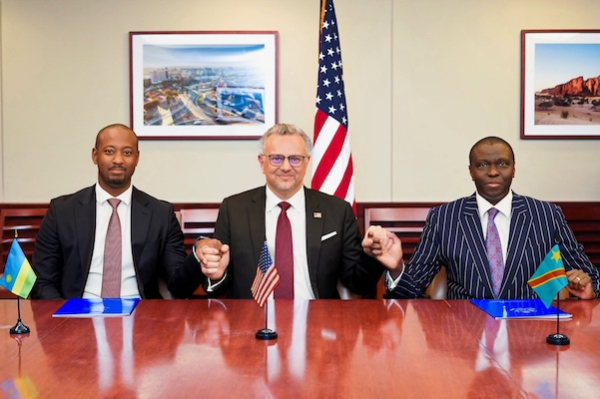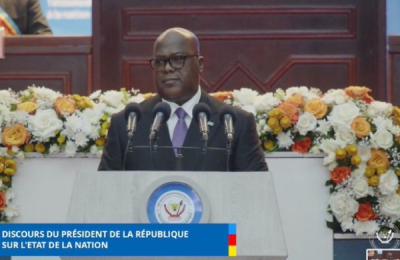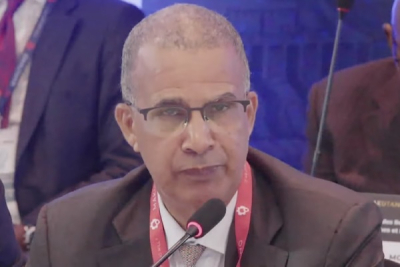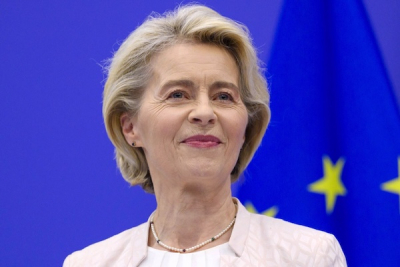• The DRC and Rwanda initialed a new regional economic integration framework on August 1, as part of the June 27 peace agreement.
• The framework aims to formalize mineral supply chains, curb illicit trade, and improve local benefits from resource exploitation.
• U.S. investors are closely watching the process, with strategic minerals and transparency topping the agenda.
By initialing the "text of principles" for a regional economic integration framework in Washington on August 1, 2025, the Democratic Republic of Congo (DRC) and Rwanda have taken a tentative but meaningful step toward regulating their shared mineral trade. The document, still confidential, is a follow-up to the peace agreement signed between the two countries on June 27 and is expected to pave the way for greater transparency and regional cooperation.
The framework is described as building upon existing African integration efforts, including the African Continental Free Trade Area (ZLECAf), the International Conference on the Great Lakes Region (CIRGL), the Economic Community of the Great Lakes Countries (CEPGL), and the East African Community (EAC).
According to the peace agreement, the two countries are expected to leverage the framework to "develop foreign trade and investment from the region’s supply chains of critical minerals and introduce greater transparency." The underlying goal is to dismantle illicit circuits that have long fueled regional instability and to promote inclusive prosperity through formalized and regulated resource flows.
This move could mark a turning point in the informal mining trade between the DRC and Rwanda, which has been the subject of multiple UN reports alleging illegal trafficking of minerals — including gold, coltan, and tantalum — mined in eastern DRC and re-exported via Rwanda under new labeling.
American interests in the firing line
For Kinshasa, the formalization process represents an opportunity to recapture lost revenues and align its resource exports with international standards. This is particularly relevant for minerals extracted in conflict-affected regions, which often face scrutiny under global sourcing regulations.
The United States, for its part, has expressed support for the initiative and is engaged in parallel talks with the DRC for a dedicated agreement on strategic minerals. U.S. companies such as Kobold Metals and Starlink are already present in the country, and the Biden administration sees regulated supply chains as critical to both commercial and geopolitical interests.
According to sources close to the talks, a more detailed final agreement is expected by September 27. The rollout of the new regional framework is to begin within three months of the peace agreement’s entry into force, although implementation is likely to be phased.
Whether the text of principles leads to concrete, enforceable changes will depend on political will, investor confidence, and the ability of both countries to implement cross-border oversight mechanisms without reigniting old tensions.
This article was initially reported in French by Pierre Mukoko
Edited in English by Ola Schad Akinocho










